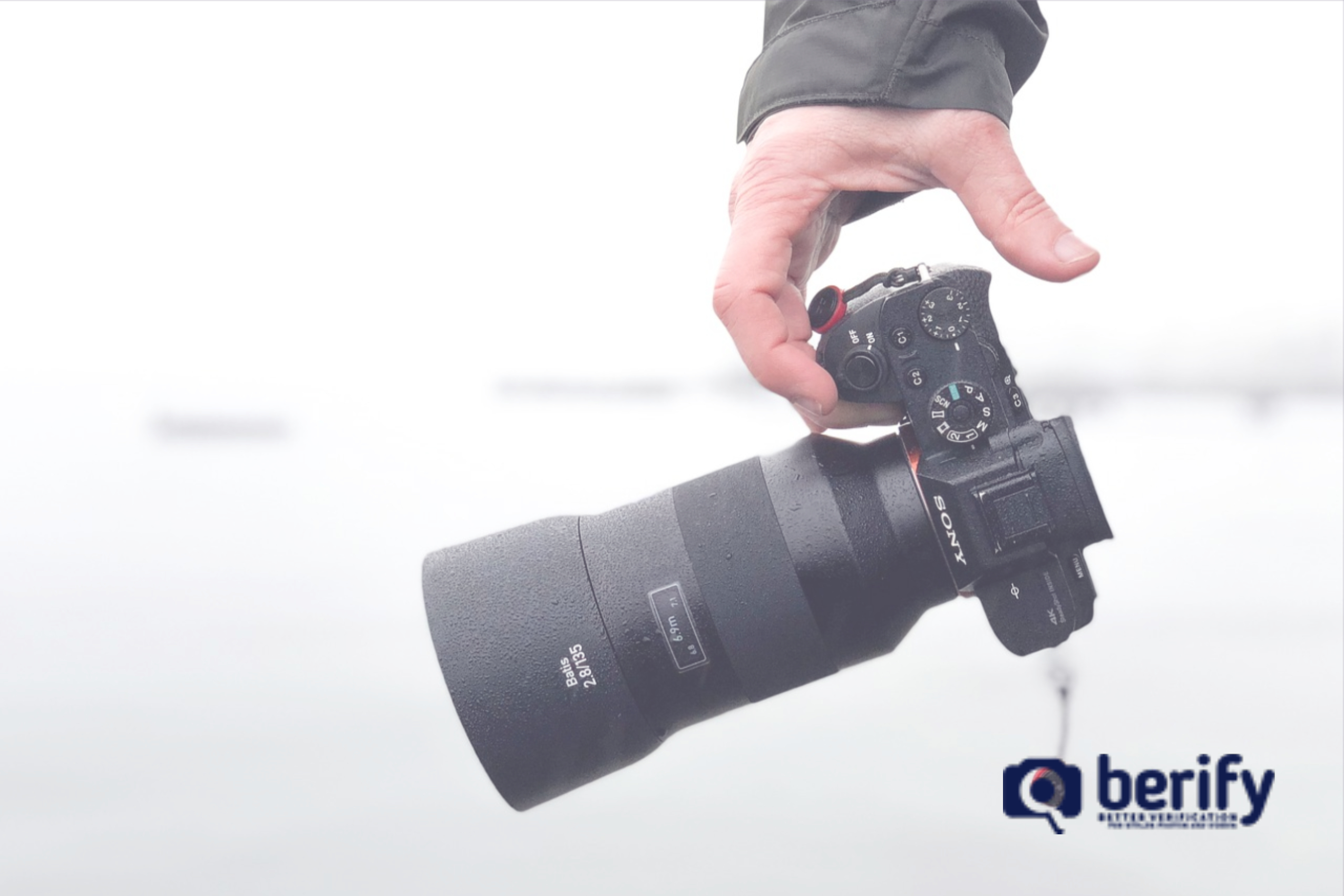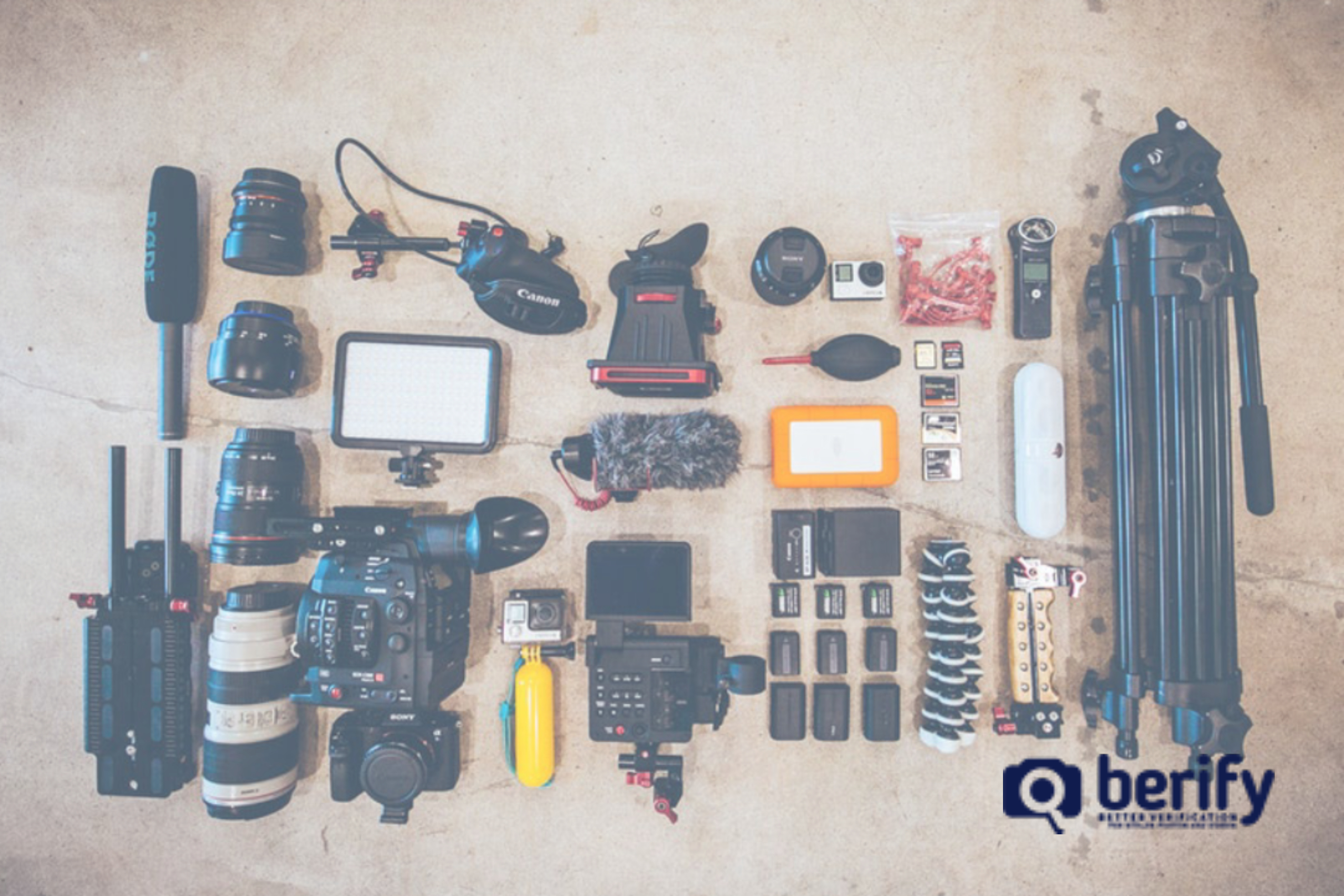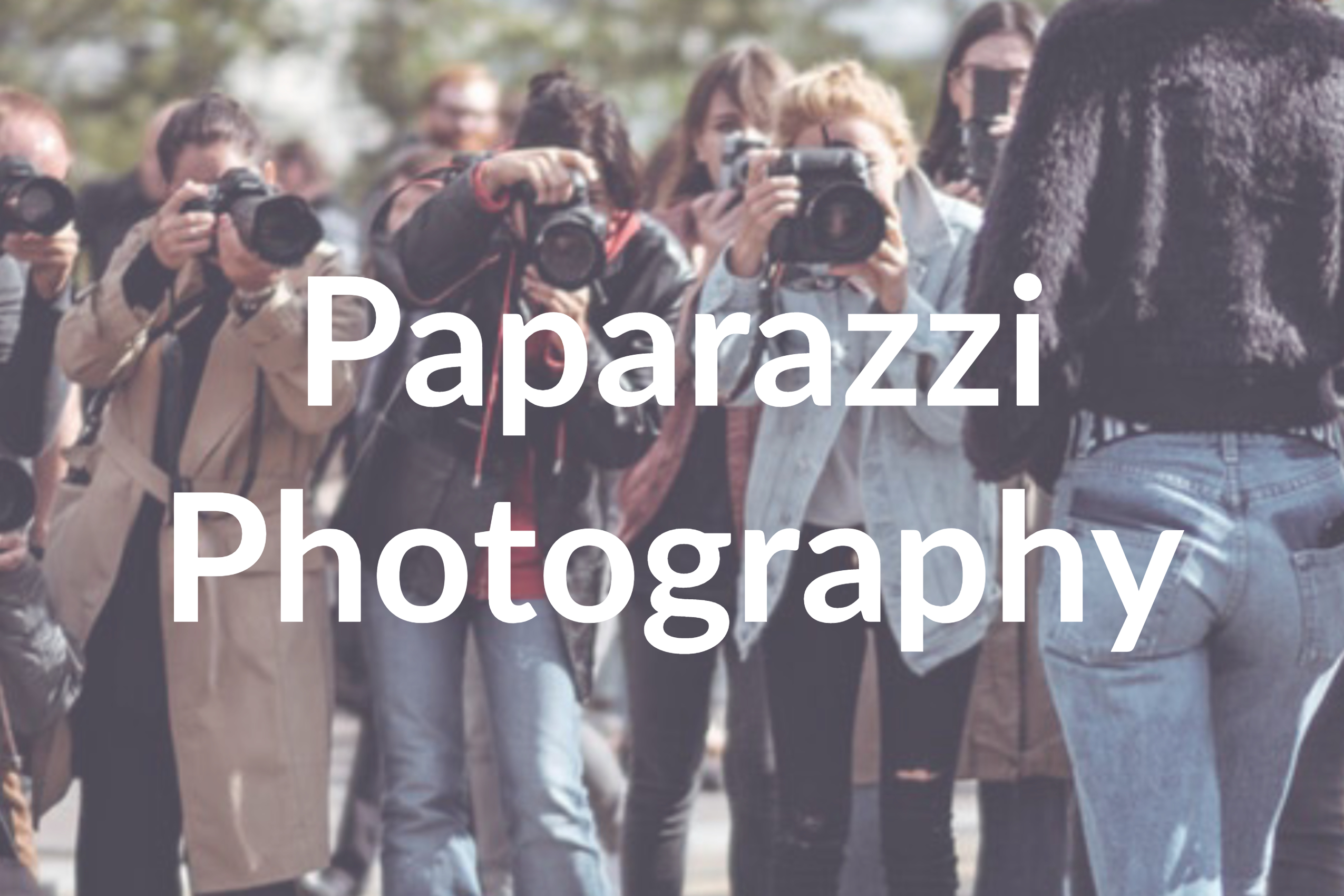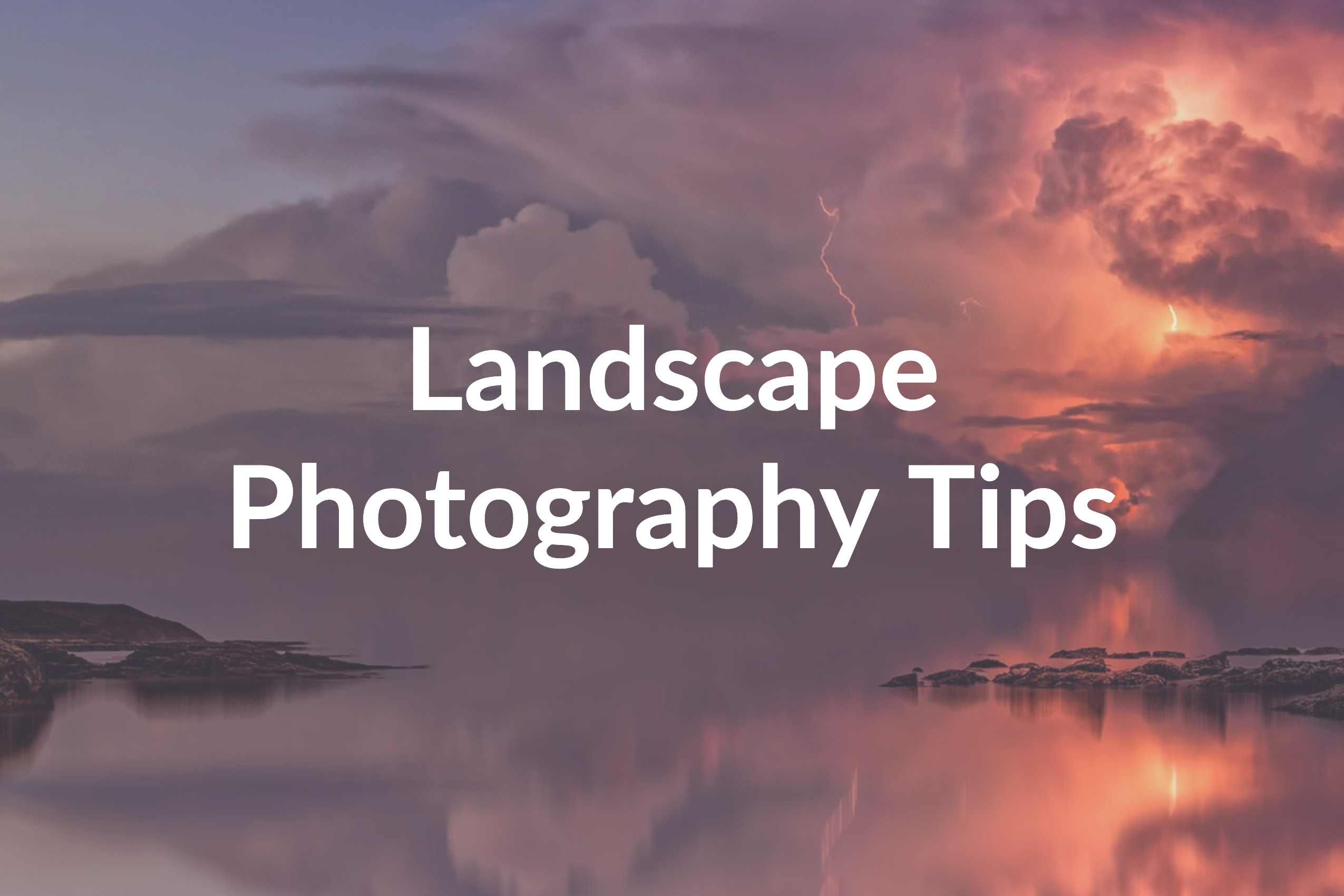Learn 4 Composite Photography Techniques from Josh Rossi
Want to learn about composite photography from one of the best names in the field? Berify recently connected with world-renowned photographer, Josh Rossi, to discuss his background in photography and tips for photographers interested in his style of art.
Join us, as we help seasoned and budding photographers alike explore the ins and outs of composite photography! Want to learn more about Josh Rossi?
Who is Josh Rossi?

Born in Florence, Italy and currently calling Puerto Rico home, Josh Rossi is a standout name amongst digital photographers. His work is not only creative and inspiring, but his presence in the ad world is notable. His work has appeared on Forbes, People Magazine, The Huffington Post, Inside Edition, and many others. Meanwhile, his client list includes Adobe, Nickelodeon, Acura, and many others.
Known for his digital artistry, he is a wizard at Photoshop and credits a lot of his success to his obsession with precision and the art behind his photography. Not content with mediocrity, he studied his favorite photographers and learned how to recreate what he saw, with flawless results.
Once he mastered those skills over about 18 months, he began to combine all he learned into his work. His early lessons included a film production internship, studying at Miami Ad School, and diligent practice of his work.
Once Rossi completed his studies and training, he stopped working a traditional 9 to 5 style job and threw himself into the story behind each of his image. Indeed, visualization is key to the cutting edge composite photographs he creates, as he approaches each scene as a storyteller.
What is Composite Photography?
The concept of compositing photography is when an artist combines two images or more into one picture. It is easy to think of compositing as layering, but the real goal is to create an image which appears to be realistic even in its imagination. This means that a subject could appear in an unusual situation or as part of a mythic setting, as realistically as if the image happened.
4 Composite Photography Techniques
Shoot the background at the same height as the foreground:
Josh’s example: “One of the main reason your composite will look off is that you have used stock images that don’t line up. The best way is always to shoot your pieces and then stitch them together. That way you can have control over the height of each piece.”
If you cut out part of the image (or a subject), make sure to feature the edges (so they blend with the background).
Josh’s example: “If your image still looks cut out it’s probably because you haven’t feathered the edges enough.”
When coloring, add grain over the whole image to facilitate proper blending.
Josh’s example: “This is something that I do over a lot of composites to blend everything. Sometimes your images will look very sharp and so adding grain will blend everything better.”
Match the lighting for the foreground and background (as well as the subject).
Josh’s example: “Another huge reason your images will look off is that you haven’t matched up to the lighting of the background and the foreground. Make sure the lighting on the foreground subject matches where the sunlight is coming from.”
Visit his website to learn more about Josh Rossi and check out his Facebook Page to keep up-to-date on his projects:






